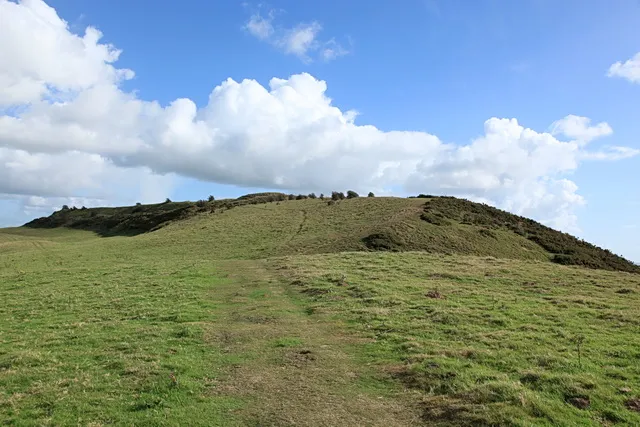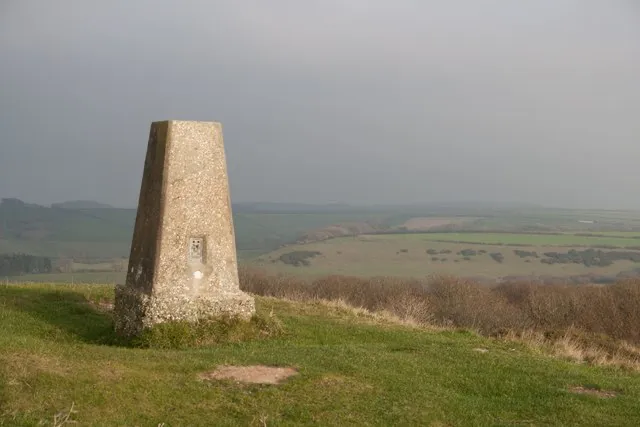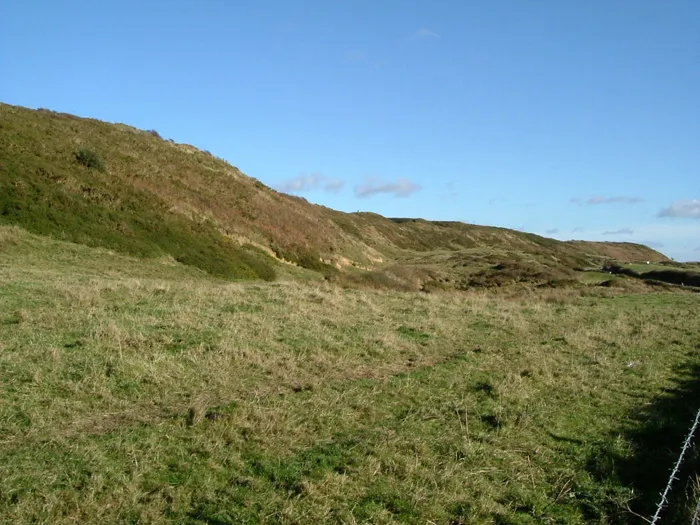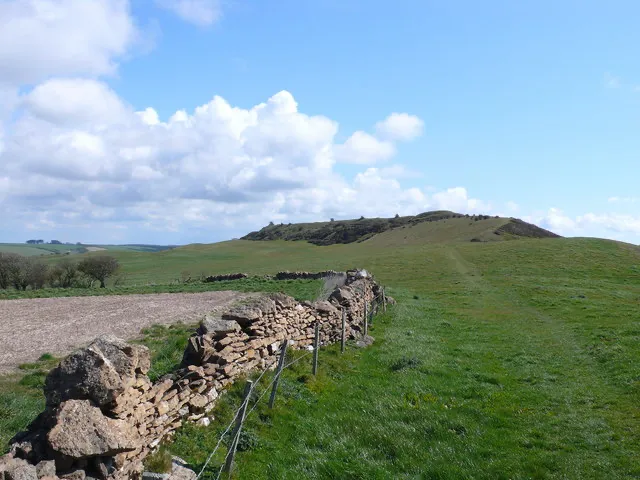Historical Overview of Abbotsbury Castle
Abbotsbury Castle, an Iron Age hillfort located in southwest Dorset, England, represents a significant archaeological and historical site. Positioned strategically on Wears Hill above the village of Abbotsbury, this site is approximately seven miles west of Dorchester and near another prominent hillfort, Maiden Castle.
Get your dose of History via Email
Geographical and Strategic Importance
The fortification stands on a prominent chalk hill, commanding extensive views over the English Channel. This location was crucial as it served as a frontline defense against potential invasions. The total area of the earthworks is about 10 acres, with approximately 4.5 acres enclosed within the ramparts. The choice of location highlights the strategic thinking of its ancient inhabitants, utilizing natural elevation to fortify their position against adversaries.

Occupation and Historical Use
Originally occupied by the Celtic Durotriges tribe, Abbotsbury Castle played a significant role during various historical periods. The Durotriges were known for their distinct culture and resistance to invasions. However, the dynamics at the fort changed dramatically with the Roman invasion of Britain.
In AD 43, as part of their expansive campaign in Britain, the Romans, led by the second Augustian legion under Vespasian, targeted Abbotsbury Castle. The fort was captured with minimal resistance, a fact that underscores either the overwhelming might of the Roman forces or possibly strategic retreats by the Durotriges. After securing Abbotsbury, the Roman forces advanced towards Maiden Castle, continuing their campaign in the region.

Unlike some other hillforts in Britain, there is no substantial evidence to suggest that the Romans established a permanent settlement at Abbotsbury Castle. This absence might indicate that the site’s primary value to the Romans was tactical rather than as a location for prolonged occupation.
Conclusion
Abbotsbury Castle offers invaluable insights into the Iron Age and Roman military strategies in southwest England. Its geographical positioning and historical context underline the complex interactions between the native tribes and Roman invaders. Today, the site stands as a testament to the region’s rich historical tapestry, providing scholars and visitors alike a window into the past strategic military endeavors and cultural exchanges that shaped the history of Dorset.

Sources:

